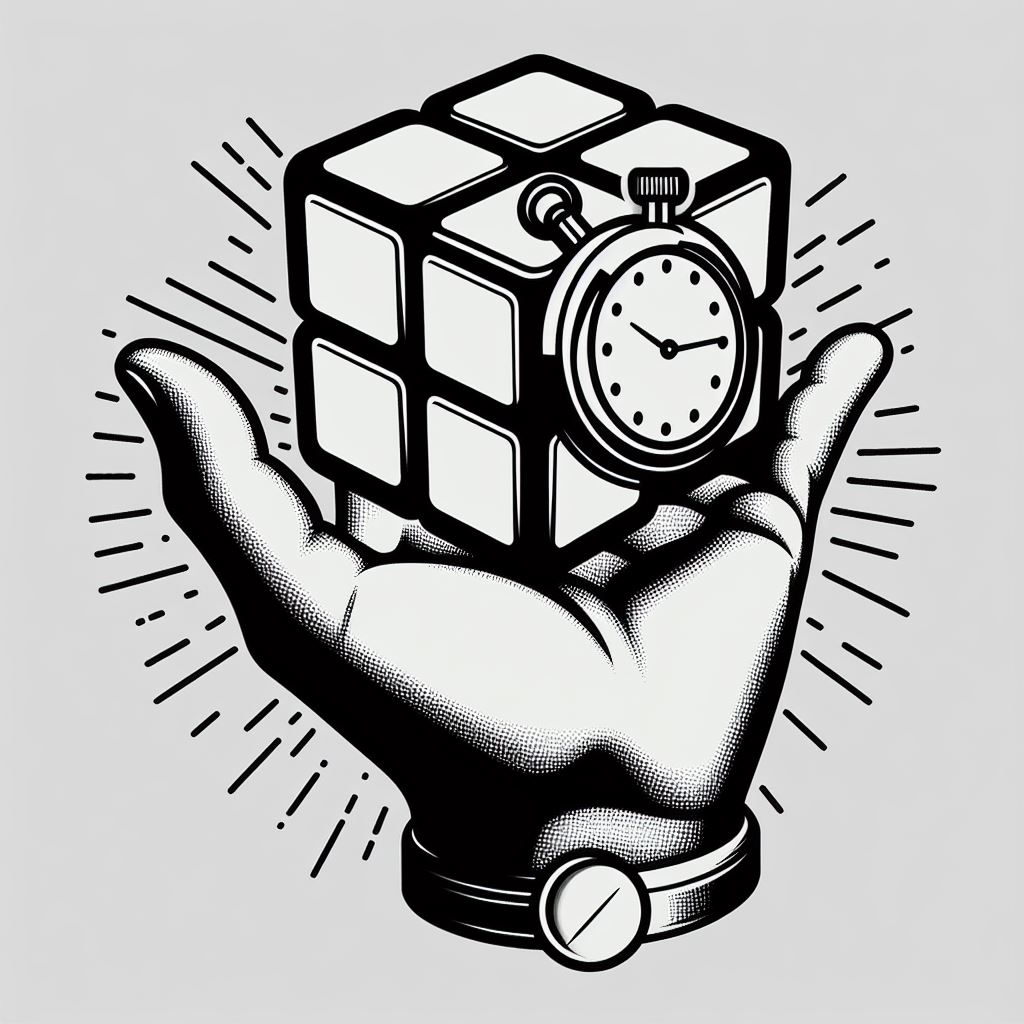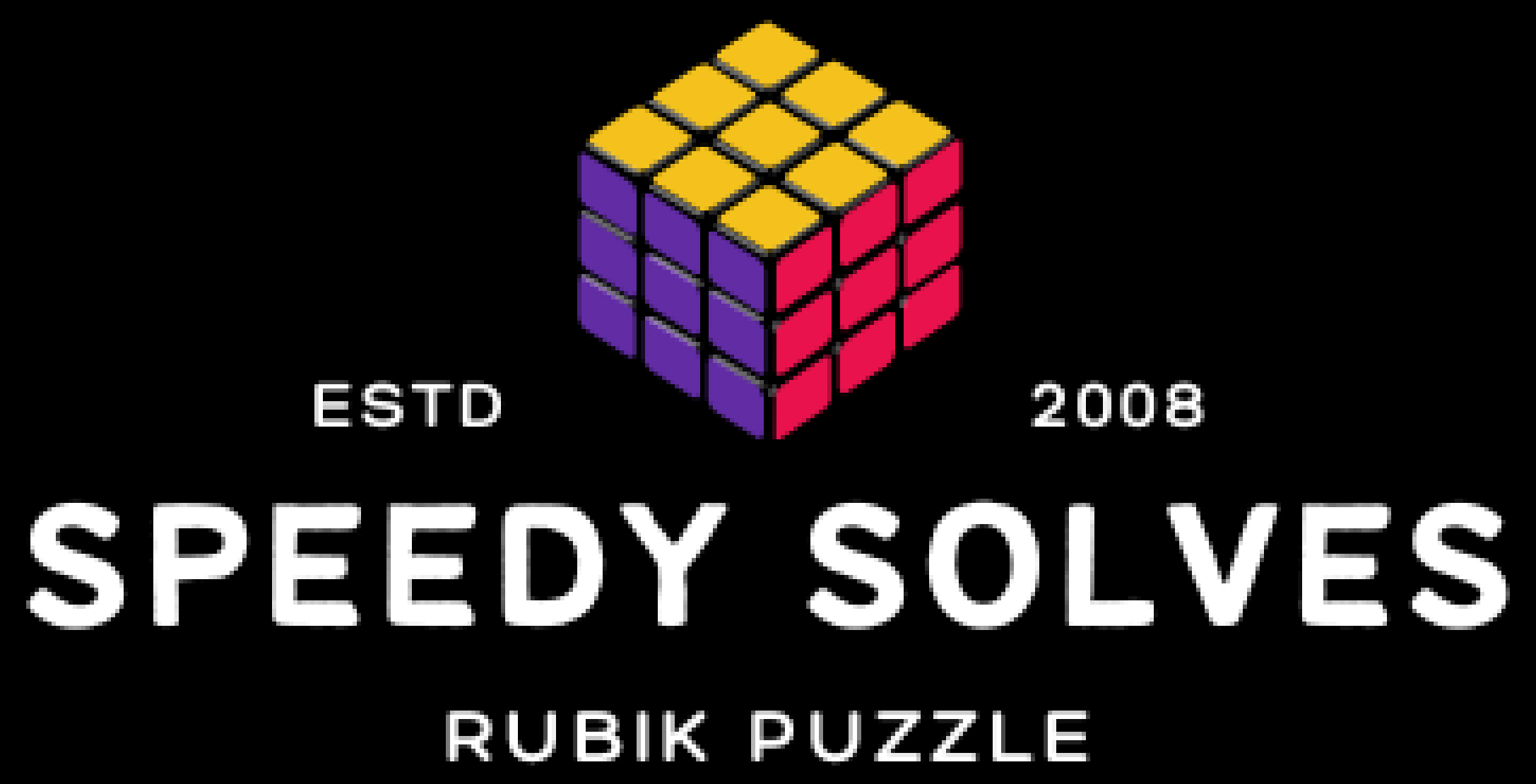The basics of Cubing
This page will help you to embark on a journey into the captivating world of cubing, where twists and turns unlock a realm of spatial reasoning and problem-solving prowess
Pieces

Edges – the edges go in between corner pieces and only contain two colours.
A Rubik’s Cube consists of 26 smaller pieces: 6 centre pieces, 8 corner pieces, and 12 edge pieces, each pivotal in solving the puzzle.
Centres – These stay fixed and are the key to solving the cube. These cannot be adjusted and represent the side for the other pieces to go.
Edges – the edges go in between corner pieces and only contain two colours.
A Rubik’s Cube consists of 26 smaller pieces: 6 centre pieces, 8 corner pieces, and 12 edge pieces, each pivotal in solving the puzzle.
Centres – These stay fixed and are the key to solving the cube. These cannot be adjusted and represent the side for the other pieces to go.

Notations

If the letter has an apostrophe next to it (e.g R’) then it is called prime (e.g R prime)
R – Right side rotated clockwise (Upwards)
R’ – Right side rotated anticlockwise (Downwards)
L – Left side rotated clockwise (Downwards)
L’ – Left side rotated anticlockwise (Upwards)
F- Front side clockwise
F’ – Front side anticlockwise
U – Upper face clockwise
U’ – Upper face anticlockwise
M – Middle section clockwise (Upwards)
M’ – Middle section anticlockwise (Downwards)
Repeat these a many times as is needed until you can do them without looking at the direction. Once you can do that you can move onto the rest of the solve.
